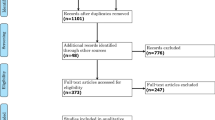Abstract
The syndrome of normal-pressure hydrocephalus (NPH) remains a diagnostic and therapeutic challenge, especially as many patients do not display the classical clinical and neuroimaging patterns of NPH, thus questioning the usefulness of a shunt. Gait impairment remains the cardinal symptom, while mental deterioration may be subtle and even unrecognized. NPH is rarely the cause of severe dementia, and substantial improvement in NPH-related mental deterioration is limited to 30–40% of shunted patients. Many ancillary investigations have been described that can increase the probability of selecting the appropriate candidates for a shunt. The reliability and reproducibility of these tests are limited. Unfortunately, the best predictive tests are technically complex and are used only in a few specialized centers. The best management is still to adhere to strict clinical and magnetic resonance imaging criteria and to rely on a positive – but not negative – CSF tap test and the occurrence of B-waves during at least 50% of the continuous intracranial pressure recording time, when this procedure is available.
Similar content being viewed by others
Author information
Authors and Affiliations
Additional information
Received: 12 April 1999/Accepted: 3 September 1999
Rights and permissions
About this article
Cite this article
Vanneste, J. Diagnosis and management of normal-pressure hydrocephalus. J Neurol 247, 5–14 (2000). https://doi.org/10.1007/s004150050003
Issue Date:
DOI: https://doi.org/10.1007/s004150050003




